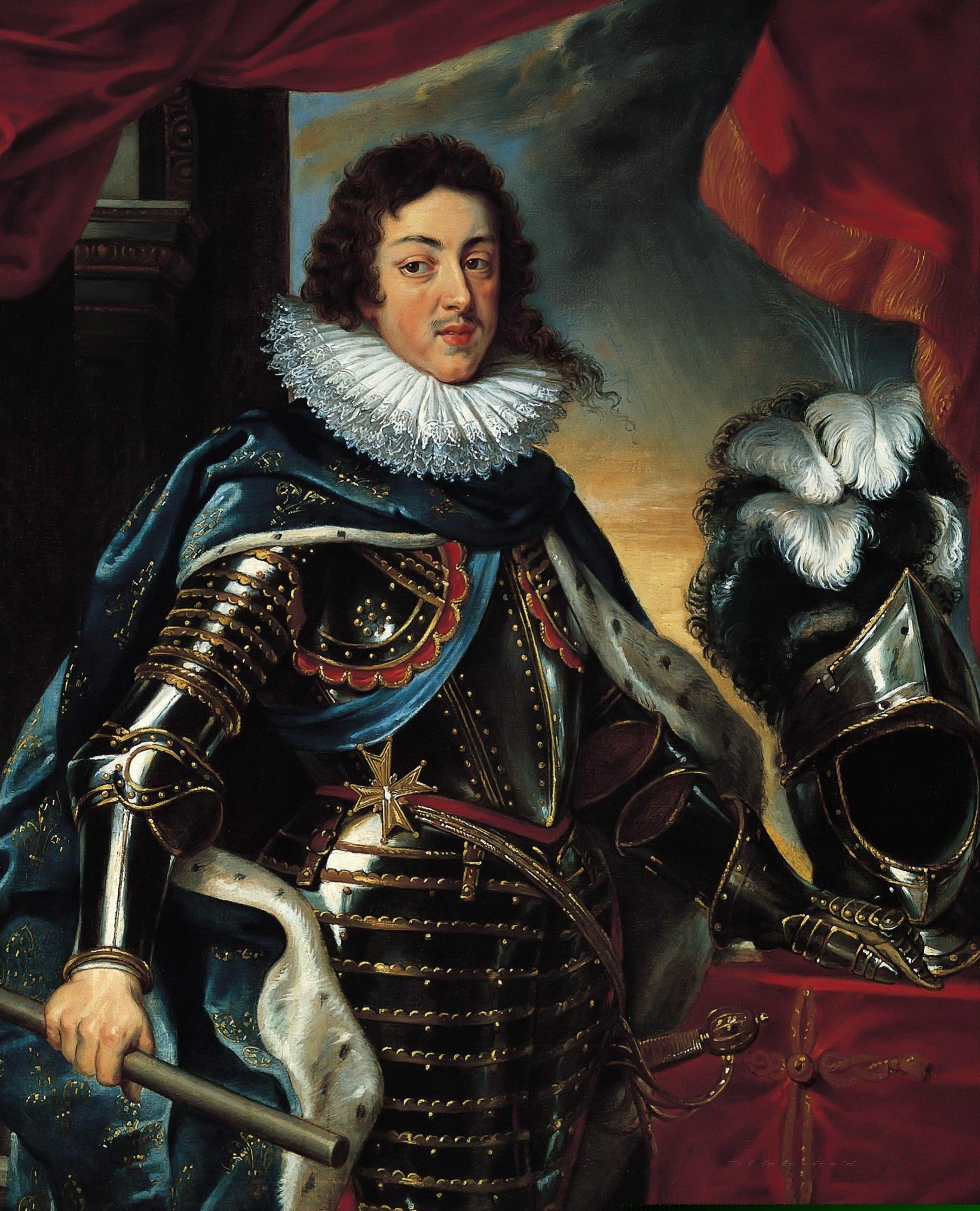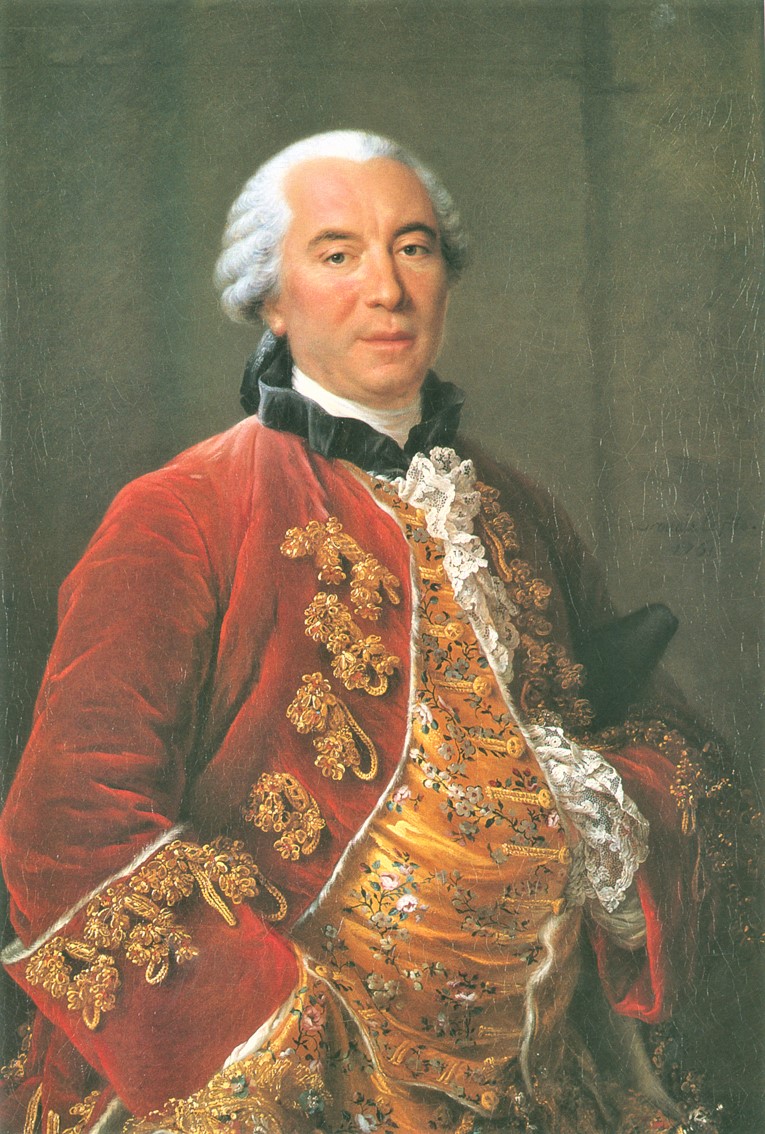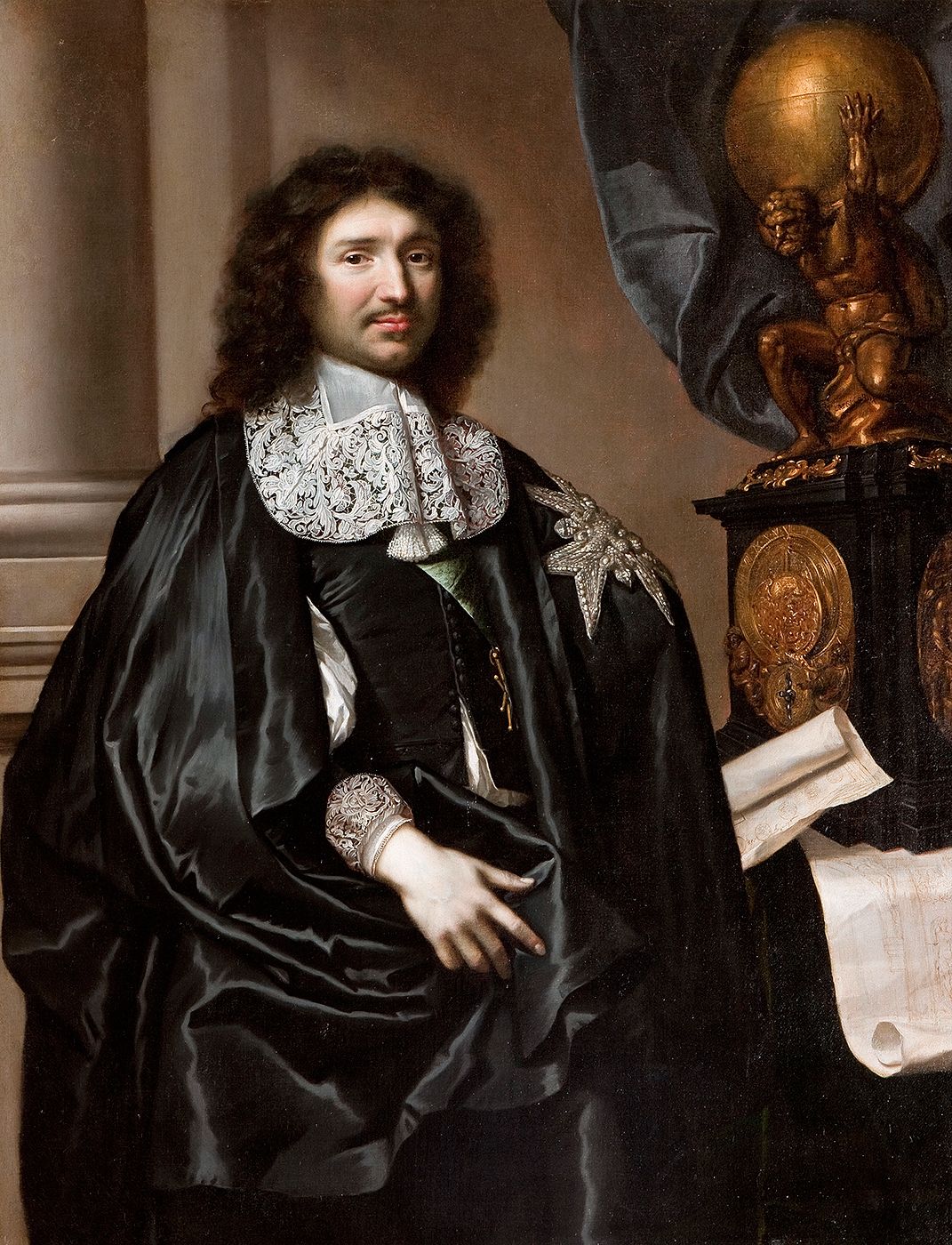|
IN Groupe
IN Groupe () is a French company specialized in the production of secure documents such as identity cards and passports, which it designs and sells to various governments and companies. It is the continuation of the Imprimerie Nationale () of the French government, whose history dates back to the printers granted special royal privileges during the French Renaissance. It was partially privatized in 1993, operating with fewer government monopolies, more exposure to competition, and more freedom to chart its own business decisions but with all equity continuing to be held by the French government. History Succeeding the "Printer of the King" () and "Printers of the King for the Greek Language" () named by Francis I in the 1530s and 1540s during the French Renaissance, the "Royal Imprimery" or "Printing Office" () was founded by Louis XIII in 1640 at the instigation of Cardinal Richelieu. Following the French Revolution, it became the "Imprimery of the Republic" (); ... [...More Info...] [...Related Items...] OR: [Wikipedia] [Google] [Baidu] |
Cardinal Richelieu
Armand Jean du Plessis, 1st Duke of Richelieu (9 September 1585 – 4 December 1642), commonly known as Cardinal Richelieu, was a Catholic Church in France, French Catholic prelate and statesman who had an outsized influence in civil and religious affairs. He became known as the Red Eminence (), a term derived from the style of Eminence (style), Eminence applied to Cardinal (Catholic Church), cardinals and their customary red robes. Consecrated a bishop in 1607, Richelieu was appointed Secretary of State for Foreign Affairs (France), Foreign Secretary in 1616. He continued to rise through the hierarchy of both the Catholic Church and the French government, becoming a Cardinal (Catholic Church), cardinal in 1622 and Chief minister of France, chief minister to King Louis XIII, Louis XIII of France in 1624. He retained that office until his death in 1642, when he was succeeded by Cardinal Cardinal Mazarin, Jules Mazarin, whose career the cardinal had fostered. Richelieu became enga ... [...More Info...] [...Related Items...] OR: [Wikipedia] [Google] [Baidu] |
Cour Des Comptes (France)
The ''Cour des Comptes'' (, "Court of Accounts") is France's supreme audit institution, under French law an judiciary of France#Administrative, administrative court. As such, it is Independent judiciary, independent from the Legislature, legislative and Executive (government), executive branches of the French Government. However, the 1946 and 1958 French constitutions made it the Court's duty to assist the Cabinet and Parliament in regulating government spending. The Court thus combines functions of a Exchequer of Pleas, court of exchequer, comptroller general's office, and Comptroller and Auditor General, auditor general's office in common-law countries. It is also a Grand Corps of the French State and mainly recruits among the best-ranked students graduating from the Ecole nationale d'administration. The Court traces its origins back to the Middle Ages and views itself as succeeding the Court of Auditors (France), Court of Auditors of Paris, permanently established in the early ... [...More Info...] [...Related Items...] OR: [Wikipedia] [Google] [Baidu] |
Pierre Bonnard
Pierre Bonnard (; 3 October 186723 January 1947) was a French painter, illustrator and printmaker, known especially for the stylized decorative qualities of his paintings and his bold use of color. A founding member of the Post-Impressionist group of avant-garde painters Les Nabis, his early work was strongly influenced by the work of Paul Gauguin, as well as the prints of Hokusai and other Japanese artists. Bonnard was a leading figure in the transition from Impressionism to Modernism. He painted landscapes, urban scenes, portraits and intimate domestic scenes, where the backgrounds, colors and painting style usually took precedence over the subject. Early life and education Pierre Bonnard was born in Fontenay-aux-Roses, Hauts-de-Seine on 3 October 1867. His mother, Élisabeth Mertzdorff, was from Alsace. His father, Eugène Bonnard, was from the Dauphiné, and was a senior official in the French Ministry of War. He had a brother, Charles, and a sister, Andrée, who in 1890 ... [...More Info...] [...Related Items...] OR: [Wikipedia] [Google] [Baidu] |
Paul Verlaine
Paul-Marie Verlaine ( ; ; 30 March 1844 – 8 January 1896) was a French poet associated with the Symbolism (movement), Symbolist movement and the Decadent movement. He is considered one of the greatest representatives of the ''fin de siècle'' in international and French poetry. Biography Early life Born in Metz, Verlaine was educated at the ''Lycée Impérial Bonaparte'' (now the Lycée Condorcet) in Paris and then took up a post in the civil service. He began writing poetry at an early age, and was initially influenced by the Parnassien movement and its leader, Leconte de Lisle. Verlaine's first published poem was published in 1863 in ''La Revue du progrès'', a publication founded by poet Louis-Xavier de Ricard. Verlaine was a frequenter of the salon of the Marquise de Ricard (Louis-Xavier de Ricard's mother) at 10 Boulevard des Batignolles and other social venues, where he rubbed shoulders with prominent artistic figures of the day: Anatole France, Emmanuel Chabrier, inve ... [...More Info...] [...Related Items...] OR: [Wikipedia] [Google] [Baidu] |
Ambroise Vollard
Ambroise Vollard (; 3 July 1866 – 21 July 1939) was a French art dealer who is regarded as one of the most important dealers in French contemporary art at the beginning of the twentieth century. He is credited with being a major supporter and champion of the contemporary artists of his period, providing exposure and emotional support to numerous then-unknown artists, including Paul Cézanne,Cooper, Philip. ''Cubism''. London: Phaidon, 1995, p. 48. Aristide Maillol, Pierre-Auguste Renoir, Louis Valtat, Pablo Picasso, André Derain, Georges Rouault, Paul Gauguin, and Vincent van Gogh. He was also an avid art collector and publisher, especially of print series by leading artists. Biography Born in Saint-Denis, Réunion, he was raised in the French Indian Ocean colony. After his matura (final exams) in La Réunion, he went to study jurisprudence in France from 1885, for a while in Montpellier, then at the École de droit in Paris, where he received his degree in 1888. During h ... [...More Info...] [...Related Items...] OR: [Wikipedia] [Google] [Baidu] |
Journal Des Savants
A journal, from the Old French ''journal'' (meaning "daily"), may refer to: *Bullet journal, a method of personal organization *Diary, a record of personal secretive thoughts and as open book to personal therapy or used to feel connected to oneself. A record of what happened over the course of a day or other period *Daybook, also known as a general journal, a daily record of financial transactions *Logbook, a record of events important to the operation of a vehicle, facility, or otherwise * Transaction log, a chronological record of data processing *Travel journal, a record of the traveller's experience during the course of their journey In publishing, ''journal'' can refer to various periodicals or serials: *Academic journal, an academic or scholarly periodical **Scientific journal, an academic journal focusing on science **Medical journal, an academic journal focusing on medicine **Law review, a professional journal focusing on legal interpretation *Magazine, non-academic or sch ... [...More Info...] [...Related Items...] OR: [Wikipedia] [Google] [Baidu] |
Georges-Louis Leclerc De Buffon
Georges-Louis Leclerc, Comte de Buffon (; 7 September 1707 – 16 April 1788) was a French Natural history, naturalist, mathematician, and cosmology, cosmologist. He held the position of ''intendant'' (director) at the ''Jardin du Roi'', now called the Jardin des plantes. Buffon's works influenced the next two generations of naturalists, including two prominent French scientists Jean-Baptiste Lamarck and Georges Cuvier. Buffon published thirty-six quarto volumes of his ''Histoire Naturelle'' during his lifetime, with additional volumes based on his notes and further research being published in the two decades following his death. Ernst Mayr wrote that "Truly, Buffon was the father of all thought in natural history in the second half of the 18th century".Mayr, Ernst 1981. ''The Growth of Biological Thought''. Cambridge: Harvard. p 330 Credited with being one of the first naturalists to recognize ecological succession, he was forced by the theology committee at the University of ... [...More Info...] [...Related Items...] OR: [Wikipedia] [Google] [Baidu] |
Histoire Naturelle
The ''Histoire Naturelle, générale et particulière, avec la description du Cabinet du Roi'' (; ) is an encyclopaedic collection of 36 large (quarto) volumes written between 1749–1804, initially by the Georges-Louis Leclerc de Buffon, Comte de Buffon, and continued in eight more volumes after his death by his colleagues, led by Bernard Germain de Lacépède. The books cover what was known of the "natural sciences" at the time, including what would now be called material science, physics, chemistry and technology as well as the natural history of animals. An encyclopaedic work The ''Histoire Naturelle, générale et particulière, avec la description du Cabinet du Roi'' is the work that the Georges-Louis Leclerc de Buffon, Comte de Buffon (1707–1788) is remembered for. He worked on it for some 50 years, initially at Montbard in his office in the Tour Saint-Louis, then in his library at Petit Fontenet. 36 volumes came out between 1749 and 1789, followed by 8 more after h ... [...More Info...] [...Related Items...] OR: [Wikipedia] [Google] [Baidu] |
Jean-Baptiste Colbert
Jean-Baptiste Colbert (; 29 August 1619 – 6 September 1683) was a French statesman who served as First Minister of State from 1661 until his death in 1683 under the rule of King Louis XIV. His lasting impact on the organization of the country's politics and markets, known as Colbertism, a doctrine often characterized as a variant of mercantilism, earned him the nickname ''le Grand Colbert'' (; "the Great Colbert"). A native of Reims, he was appointed Intendant of Finances on 4 May 1661. Colbert took over as Controller-General of Finances, a newly created position, in the aftermath of the arrest of Nicolas Fouquet for embezzlement, an event that led to the abolishment of the office of Superintendent of Finances. He worked to develop the domestic economy by raising tariffs and encouraging major public works projects, as well as to ensure that the French East India Company had access to foreign markets, so that they could always obtain coffee, cotton, dyewoods, fur, pepper, ... [...More Info...] [...Related Items...] OR: [Wikipedia] [Google] [Baidu] |
Louvre Palace
The Louvre Palace (, ), often referred to simply as the Louvre, is an iconic French palace located on the Right Bank of the Seine in Paris, occupying a vast expanse of land between the Tuileries Gardens and the church of Saint-Germain l'Auxerrois. Originally a defensive castle, it has served several government-related functions in the past, including intermittently as a royal residence between the 14th and 18th centuries. It is now mostly used by the Louvre Museum, which first opened there in 1793. While this area along the Seine had been inhabited for thousands of years, the Louvre's history starts around 1190 with its first construction as the Louvre Castle defending the western front of the Wall of Philip II Augustus, the then new city-wall of Paris. The Louvre's oldest section still standing above ground, its palatial Lescot Wing, dates from the late 1540s, when Francis I started the replacement of the greatly expanded medieval castle with a new design inspired by cla ... [...More Info...] [...Related Items...] OR: [Wikipedia] [Google] [Baidu] |
Grecs Du Roi
''Les Grecs du roi'' (lit. "the king's Greeks") are a celebrated and influential Greek alphabet typeface in the Greek minuscule style which was cut by the French punchcutter Claude Garamond between 1541 and 1550. Arthur Tilley calls the books printed from them "among the most finished specimens of typography that exist". The ''Grecs du roi'' punches were ordered by Pierre du Chastel on behalf of King Francis I of France from Robert Estienne in a contract dated 2 November 1540 and remain the property of the French government. The design was based on the handwriting of the Cretan copyist Angelo Vergecio, and includes many alternate letters and ligatures. The ''Grecs du roi'' were influenced by types cut by Francesco Griffo and used by printer Aldus Manutius in Venice. The types formed the basic model for Greek typefaces for the next two centuries. History Garamond was contracted to cut the ''Grecs du roi'' types on 2 November 1540. It took Garamond nearly 10 years to com ... [...More Info...] [...Related Items...] OR: [Wikipedia] [Google] [Baidu] |
Claude Garamond
Claude Garamont (–1561), known commonly as Claude Garamond, was a French type designer, publisher and punch-cutter based in Paris. Garamond worked as an engraver of punches, the masters used to stamp matrices, the moulds used to cast metal type. He worked in the tradition now called old-style serif design, which produced letters with a relatively organic structure resembling handwriting with a pen but with a slightly more structured and upright design. Considered one of the leading type designers of all time, he is recognised to this day for the elegance of his typefaces. Many old-style serif typefaces are collectively known as Garamond, named after the designer. Garamond was one of the first independent punchcutters, specialising in type design and punch-cutting as a service to others rather than working in house for a specific printer. His career therefore helped to define the future of commercial printing with typefounding as a distinct industry to printing books. Early ... [...More Info...] [...Related Items...] OR: [Wikipedia] [Google] [Baidu] |









